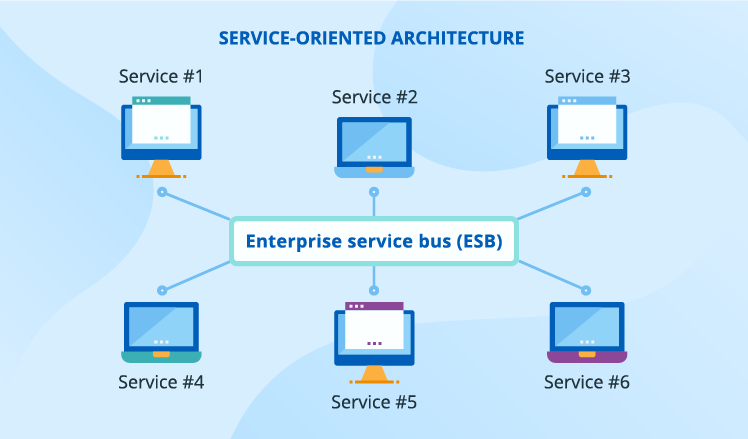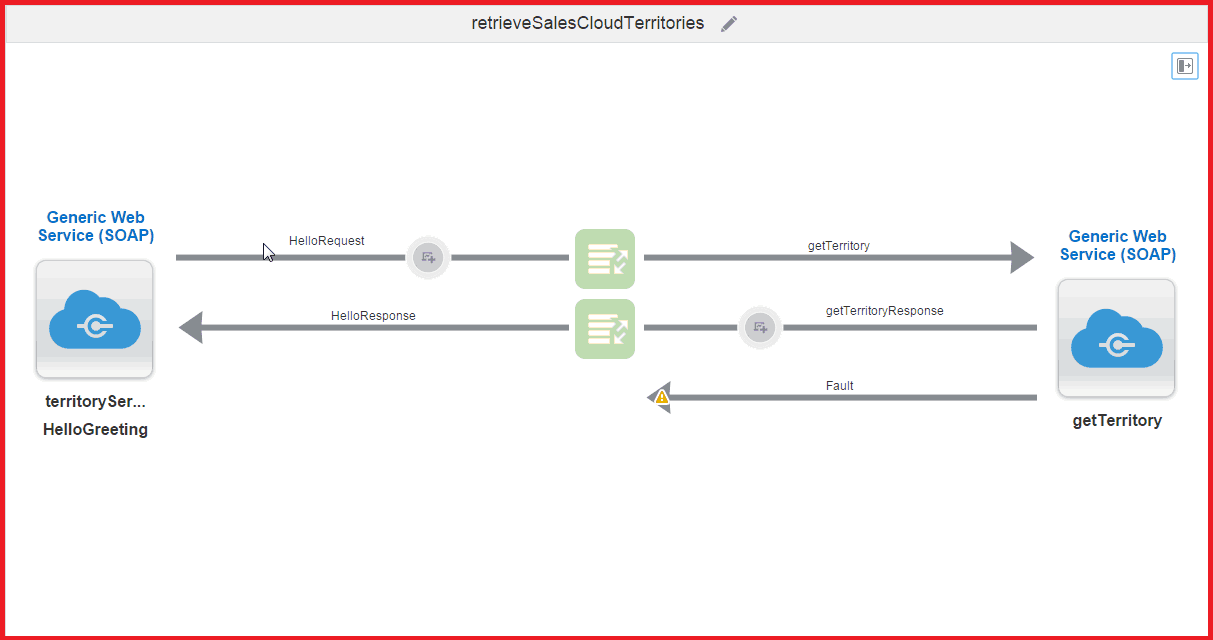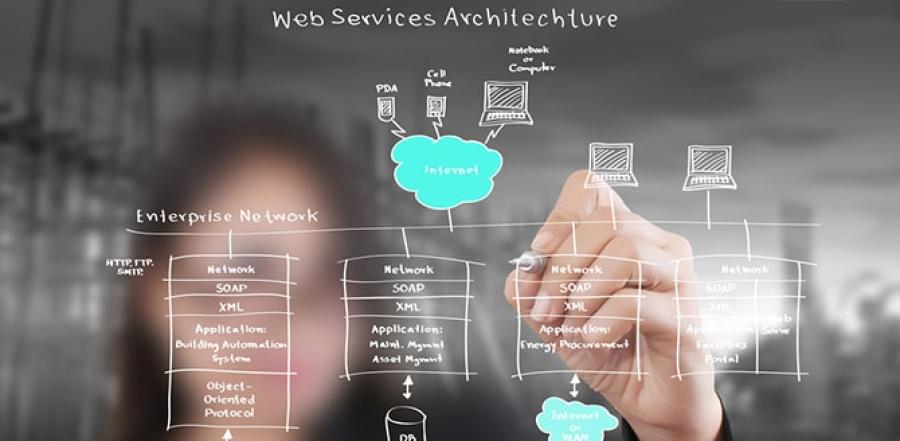Introduction: Embracing Scalability in SOAP Integrations
Designing scalable SOAP integrations for enterprise applications is crucial for ensuring long-term success in a rapidly evolving business landscape. Effective SOAP integrations can accommodate growing workloads and adapt to changing requirements. In this article, we will discuss the principles of scalable SOAP integrations, explore best practices, and offer resources for further learning. Let’s start by understanding the importance of scalability in enterprise applications.
The Importance of Scalability in Enterprise Applications
Scalability is the ability of a system to handle increased workloads efficiently without compromising performance. As businesses grow, their software systems must be able to accommodate an expanding user base, data volume, and application complexity. Scalable SOAP integrations ensure that enterprise applications can manage these challenges while maintaining optimal performance. Learn more about the benefits of scalable enterprise applications here.
Principles of Scalable SOAP Integrations
- Loosely Coupled Architecture
A loosely coupled architecture allows components of an enterprise application to interact without being tightly interdependent. This design principle promotes flexibility, making it easier to modify or replace individual components without affecting the overall system. Explore the benefits of loosely coupled architecture here.
- Asynchronous Communication
Asynchronous communication enables components of a SOAP integration to exchange messages without waiting for an immediate response. This approach reduces bottlenecks and improves system responsiveness, allowing enterprise applications to handle increased workloads efficiently. Discover the advantages of asynchronous communication in software systems here.
- Caching Strategies
Caching involves temporarily storing frequently accessed data to reduce the load on the system. Implementing effective caching strategies can significantly enhance the performance of SOAP integrations, allowing them to manage growing workloads without sacrificing speed. Read more about caching strategies for enterprise applications here.
Best Practices for Designing Scalable SOAP Integrations
- Monitor Performance Metrics
Continuous monitoring of performance metrics, such as response times and throughput, is essential for identifying bottlenecks and ensuring optimal performance in SOAP integrations. Use monitoring tools to gather data and make informed decisions about system improvements. Check out these performance monitoring tools for SOAP integrations.
- Optimize Payloads
Large payloads can hinder the performance of SOAP integrations. Reduce the size of messages by removing unnecessary data and using compression techniques, such as GZIP, to optimize payload size. This practice will improve network efficiency and reduce processing overhead. Learn more about optimizing SOAP payloads here.
- Plan for Future Growth
When designing SOAP integrations, consider future growth and potential changes in business requirements. Implementing scalable solutions from the outset will save time and resources in the long run. Be proactive in planning for system expansions and evaluating new technologies that can enhance scalability. Review these tips for future-proofing your enterprise applications.
Conclusion: Achieving Scalable SOAP Integrations for Enterprise Success
Designing scalable SOAP integrations for enterprise applications is essential for managing growing workloads and adapting to evolving business needs. By following the principles of loosely coupled architecture, asynchronous communication, and caching strategies, as well as adhering to best practices such as monitoring performance metrics, optimizing payloads, and planning for future growth, you can create robust and scalable SOAP integrations that support long-term success. By investing in scalable solutions, businesses can ensure their enterprise applications remain efficient, flexible, and able to meet the demands of an ever-changing landscape. Stay up to date with the latest SOAP integration trends and technologies here.





